Let’s unmask the basics of photography. It is the second phase or part II. It is all about the lens.
The lens is the most basic and essential part of a camera. You cannot control light without a lens. It helps you to get the proper focus. My discussion is based on the basics of photography; therefore, I want to start from the 0th area. Those who already know about it then go through it as a revision. And if it is new for you then let’s jump to the history of the lens.
Masked basics of photography part III and IV are also the discussion of unmasked basics of lenses.
The people of India love rice or chapati and dal as their main food. So, you already know about the lens. Feeling uneasy! Okay, I am here to guide you on how dal is equal to the lens!
The lens is coming from the Latin word “lentils”. A tiny bean which is used from ancient ages as an important ingredient in our various cuisine. Check properly the moong dal and masoor dal.


Yes. The shape of the lens is just like this tiny bean. Now the question arises in your mind why the shape of the lens is like this? What are the benefits of this kind of shape? How it will control the light for perfect focus?
Lens – Basics of Photography:
A transparent glass that helps to concentrate or disperse light rays that pass through it and make diffraction. In our camera more than one lens is used for perfect focus, eliminating unwanted aberration like chromatic and preventing unwanted color.
Note
Light is energy. It is defined as electromagnetic radiation with wavelengths between 380 and 750 nm which is visible to the human eye. Electromagnetic radiation, such as light, is generated by changes in movement (vibration) of electrically charged particles, such as parts of heated molecules, or electrons in atoms (both processes play a role in the glowing filament of incandescent lamps, whereas the latter occurs in fluorescent lamps). Electromagnetic radiation extends from γ (Gamma) rays and X-rays through to radio waves and the long radio waves.
In a single light beam, there are three prime colors (RGB) available. R stands for Red, G stands for Green, and B for Blue. You can easily find the RGB distinctly when you pass a light beam against a prism. These are the prime color. If you analyze it critically it will give you a result of VIBGYOR or (V=Violet, I=Indigo, B=Blue, G=Green, Y=Yellow, O=Orange, and R=Red).
Human eyes can see the light which lies in between 380 and 750 nm or nanometer. The gamma-ray, X-rays, and ultraviolet radiations are less than 380 nm whereas Infrared rays, microwaves, and radio waves are beyond 750 nm. Therefore, the specific rays are invisible to us.
There are two types of lens. A) Concave Lens B) Convex Lens
Concave lens
It is thin in the middle portion and hump at top and bottom areas. It is a diverging lens. It spread out light rays that have been refracted. Concave lens forms virtual and erect image. Virtual means not the same size or real size.

Concave Lens Formula
It is a relationship between the focal length of a lens and distances of object and image from the optical center of the lens. To derive this formula we use the following sign conventions.
- All distances are measured from the optical center of the lens.
- Real distances are taken as positive and virtual distances are taken as negative.
- For a concave lens, f is negative.
- For a real image, magnification M is positive and for a virtual image, magnification M is negative.
1/f = 1/u + 1/v
In this equation, f is the Focal Length of the Lens. u is the distance between an object and Lens Optical Centre. v refers to the distance of the formed image from the Lens Optical Centre.
There are three rules available for convex lens.
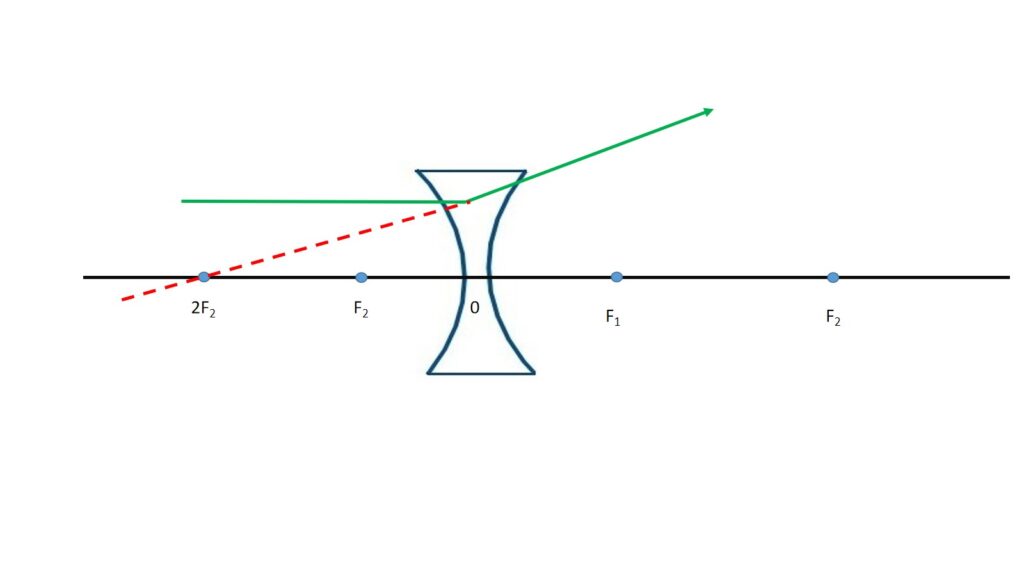
A ray of light which is parallel to the principal axis, after refraction passes through the focus on the other side of the lens.
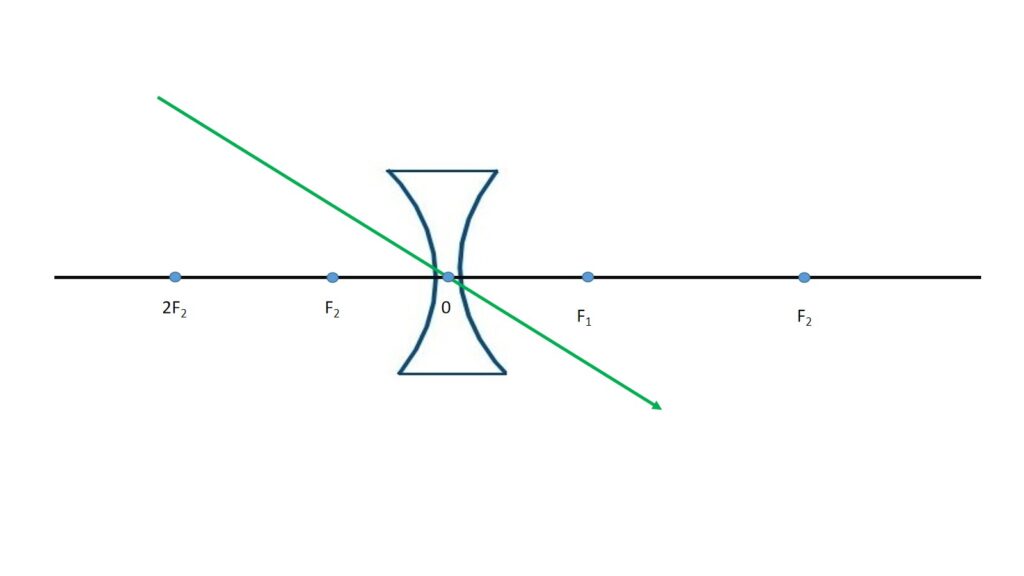
A ray of light passing through the optical centre of the lens goes straight. It emerges without any deviation.
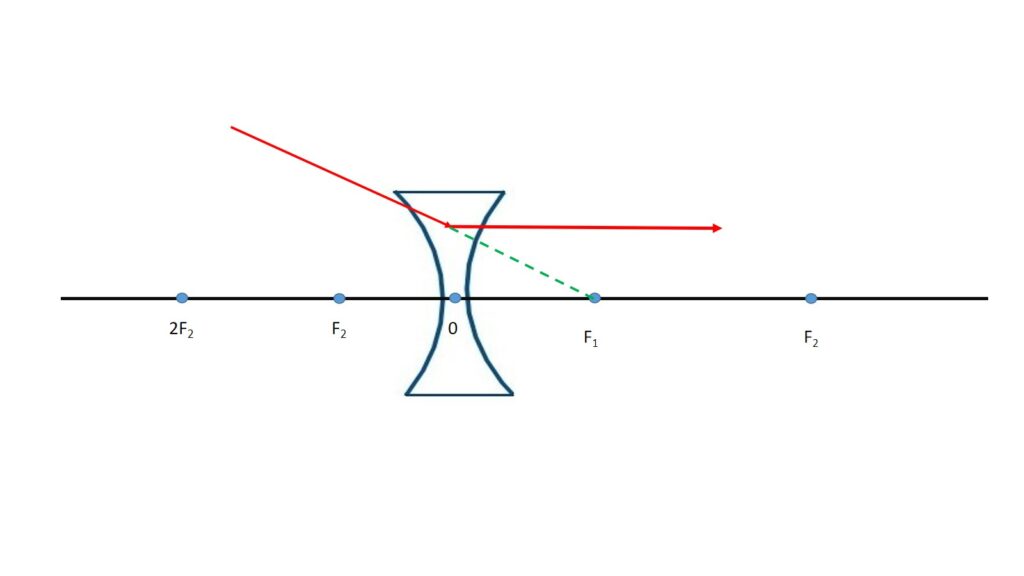
A ray of light passing through the focus after refraction becomes parallel to the principal axis.
Note: Rule 3 is the exact reverse of the Rule 1 due to reversibility of light.
Convex Lens
It is thin in the middle portion and hump at top and bottom areas. It is a diverging lens. It spread out light rays that have been refracted. Convex lens forms real and inverted image. Only between F1 and 0 the image is formed as virtual and erect.

Convex Lens Formula
It is a relationship between the focal length of a lens and distances of object and image from the optical center of the lens. To derive this formula we use the following sign conventions.
- All distances are measured from the optical center of the lens.
- Real distances are taken as positive and virtual distances are taken as negative.
- For a convex lens, f is positive.
- For a real image, magnification M is positive and for a virtual image, magnification M is negative.
1/f = 1/u + 1/v
In this equation, f is the Focal Length of the Lens. u is the distance between an object and this Lens Optical Centre. v refers to the distance of the formed image from the Lens’ Optical Centre.
There are three rules available for convex lens.

A ray of light which is parallel to the principal axis, after refraction appears to be coming to focus.

A ray of light going towards the optical centre of a concave lens goes straight through without being deviated.

A ray of light going towards the focus after the refraction becomes parallel to the principal axis.
Note: Rule 3 is just the opposite same of Rule 1 due to the reversibility of light.
Knowledgebase
Question: The lens of the eye is convex. How would vision be affected if the lens of the eye was concave instead of convex?
Answer: A concave lens causes rays of light to diverge, or spread apart. It forms a virtual image on the same side of the lens at the object being viewed. Therefore, a concave lens would focus the image in front of the eye, not on the retina inside the eye. No signals would be sent to the brain so vision would not be possible.
All lenses adhere to one of two basic principles as a function of their shape – they either focus or disperse light. As such, lenses which focus light are called positive lenses while those that disperse light are called negative lenses.
Phew! So many rules, so much complexity. But these are the backbone to give you a razor sharp image. The basic laws helps you to identify the image sharpness when you are going to purchase a new lens.
Properties of Lens
When an image is created it abide by some properties. They are as follows:
A)Real and Inverted or Virtual and Upright.
B)Magnified, Diminished or Same size.
C)Position of the image.
Practical examples of convex and concave lenses based on lens rules
Let’s unmask the basics of image position, size, real or virtual based on the above rules of concave and convex lens.
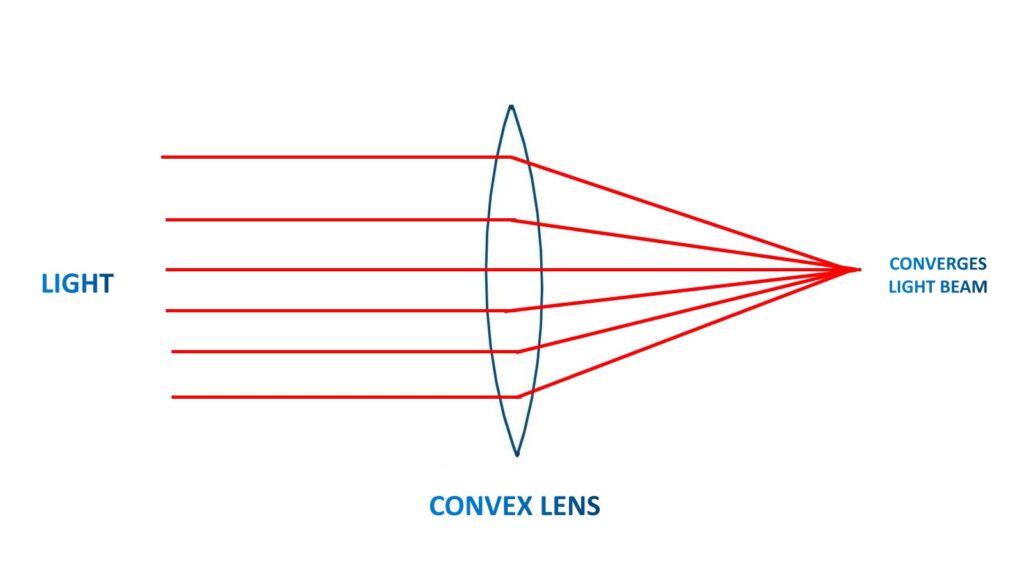
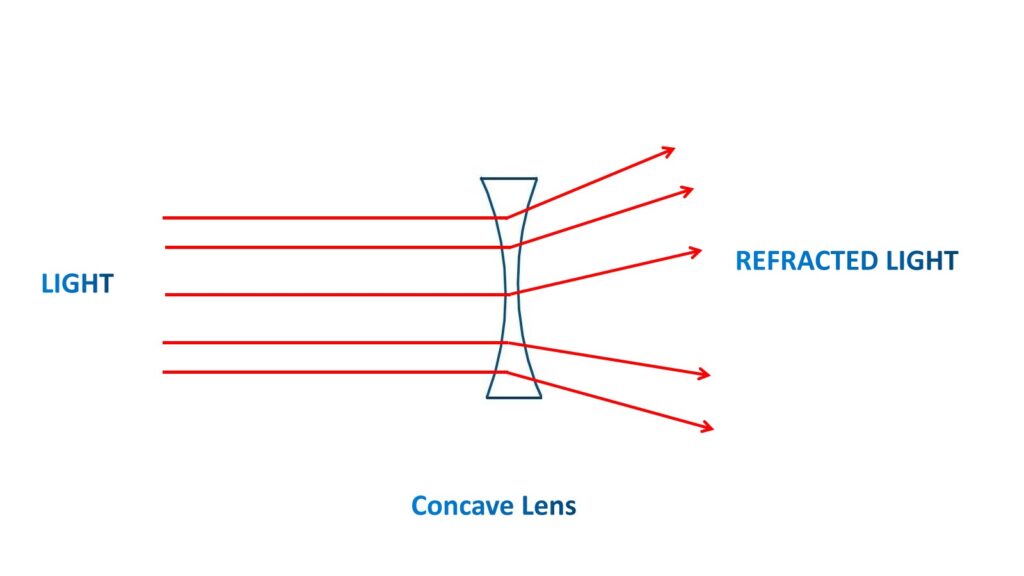
I use the first two rules for the Concave Lens. You can also try with rule 1 and rule 3 or rule 2 and rule 3. All will give you the same result.
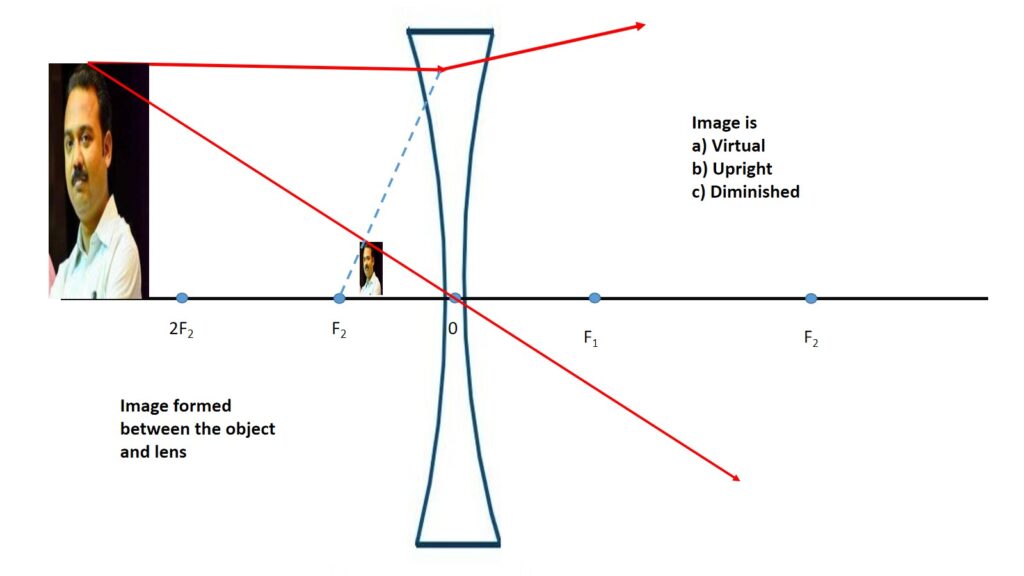
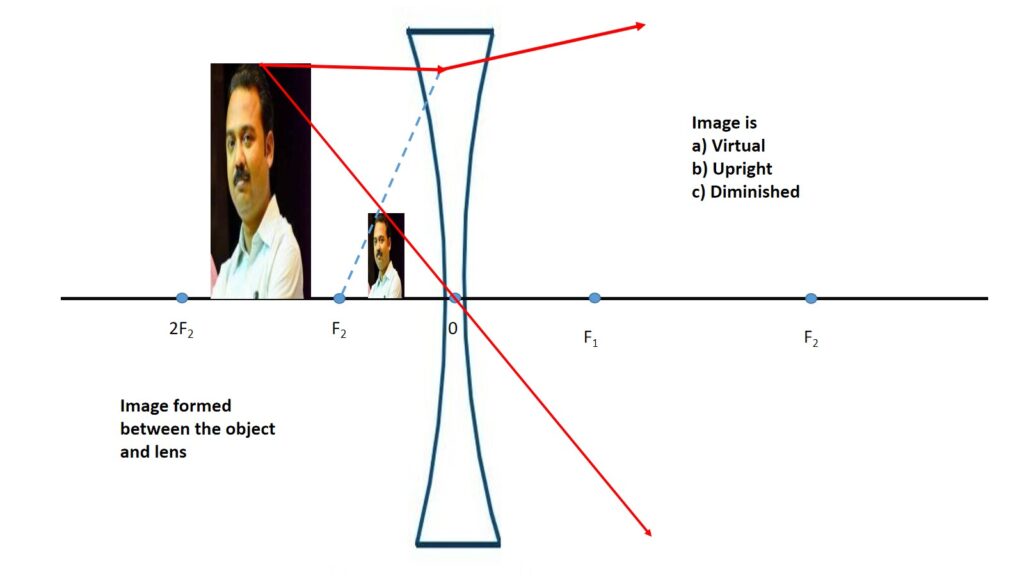
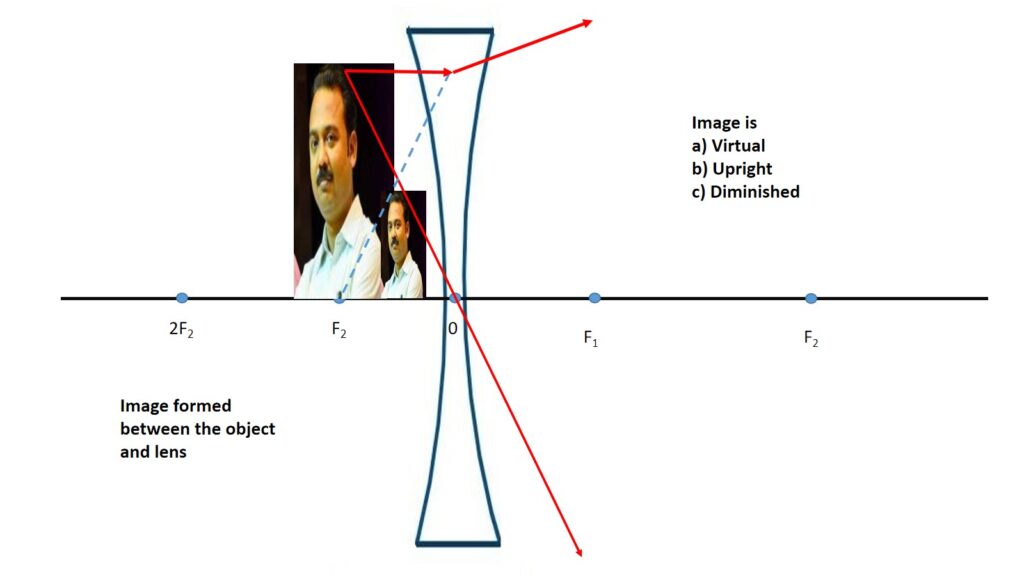
I use first 2 rules for Convex Lens. The result will be the same for combining any 2 rules.
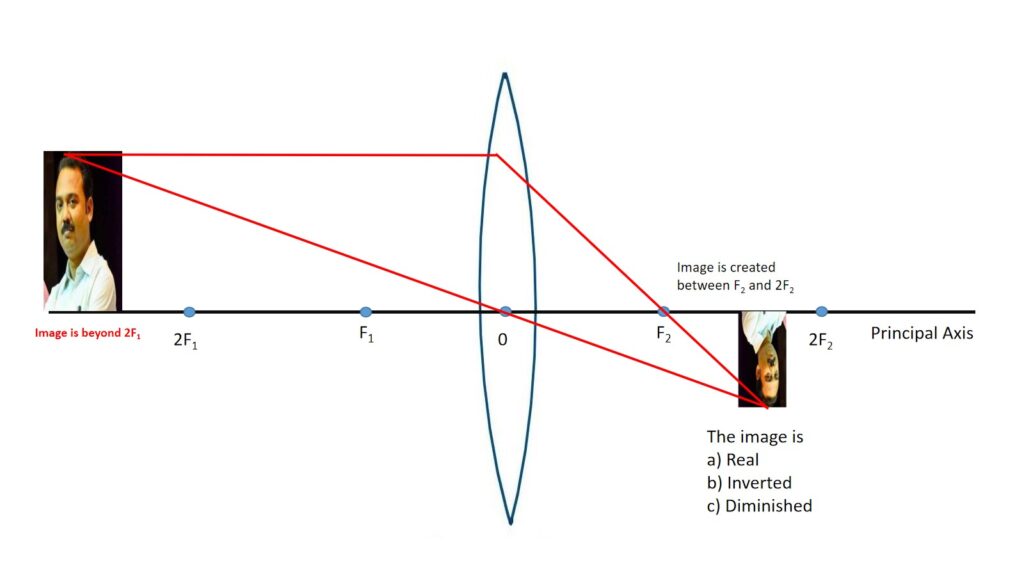
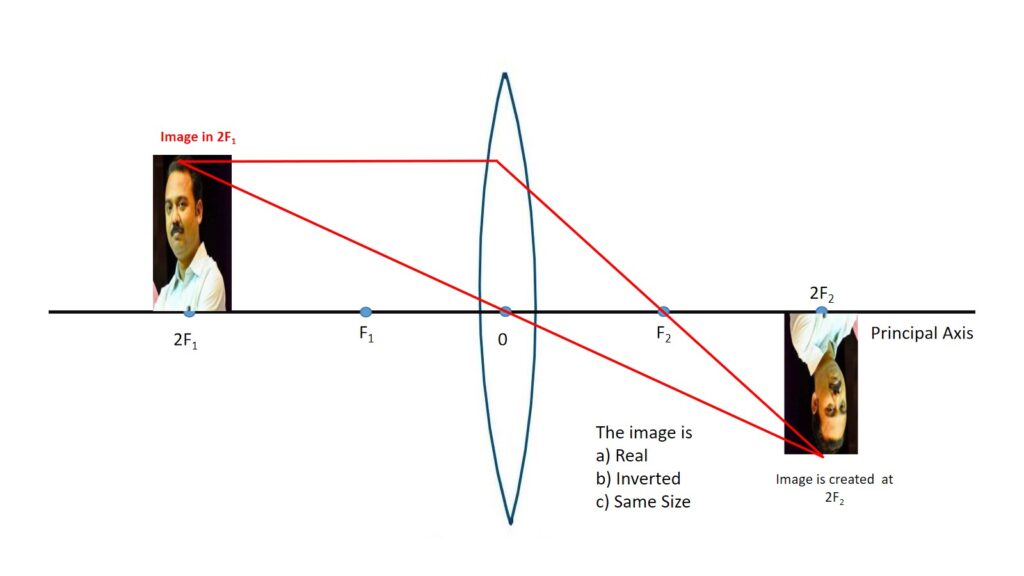
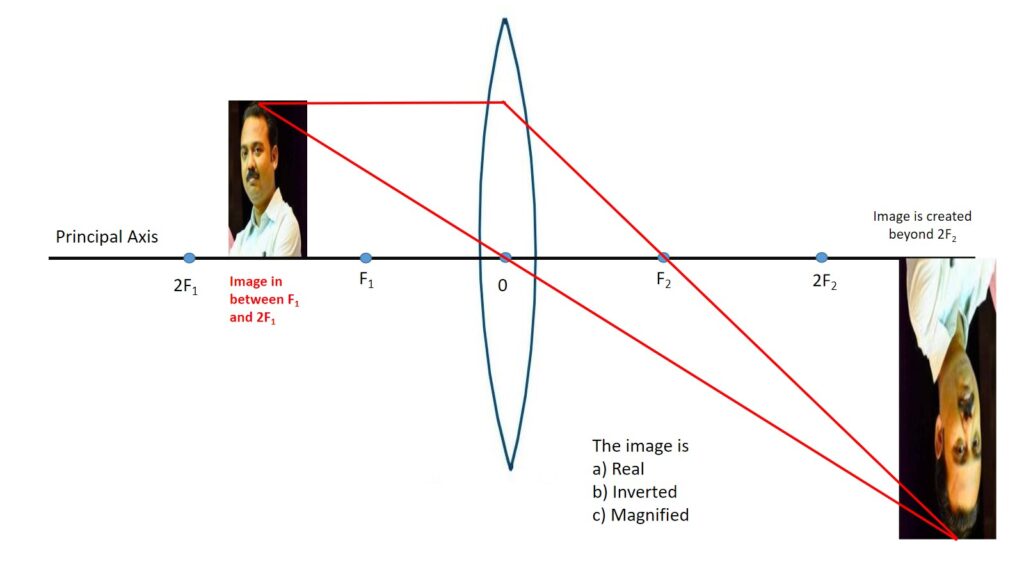
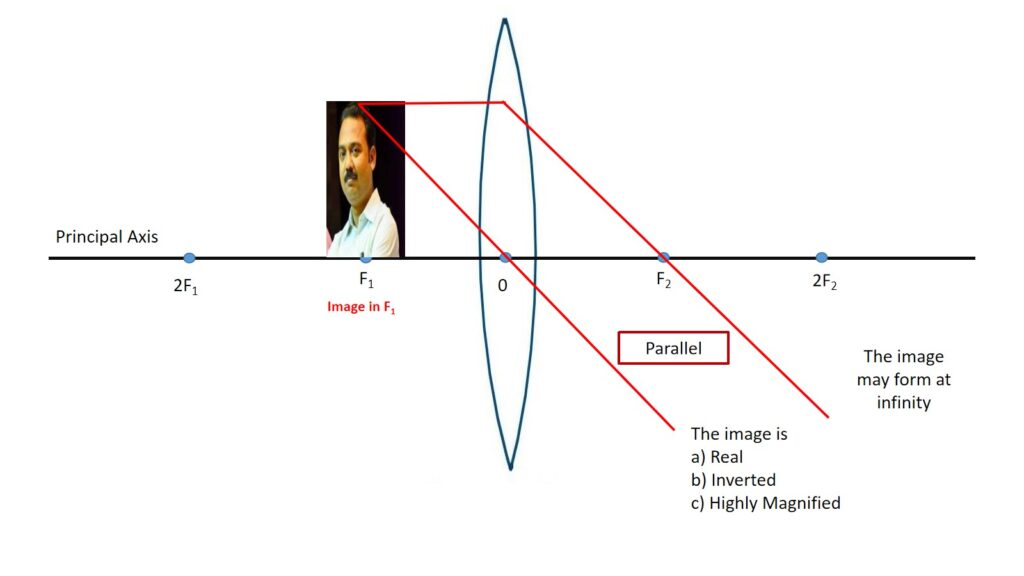
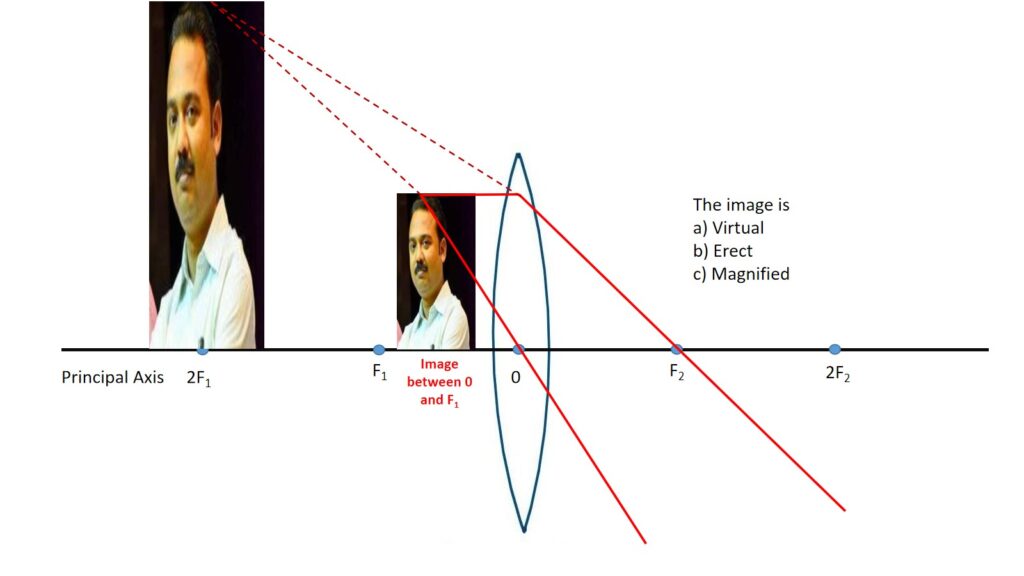
I think you get a clear idea about lens rules. My next article will be about focal length in photography.
Masked basics of photography part I
Masked basics of photography part III
Masked basics of photography part IV
Acknowledgement: Internet resources, physics text books

Gain knowledge
Thank you for the illustrations.
Outstanding Work Sir
Outstanding work Sir